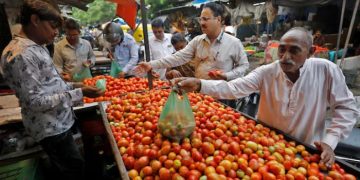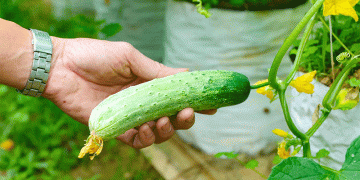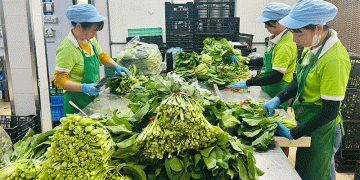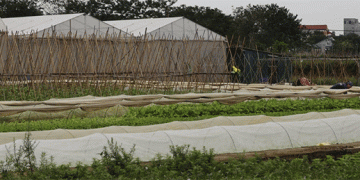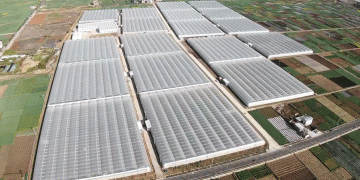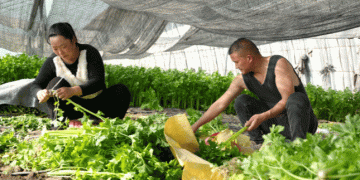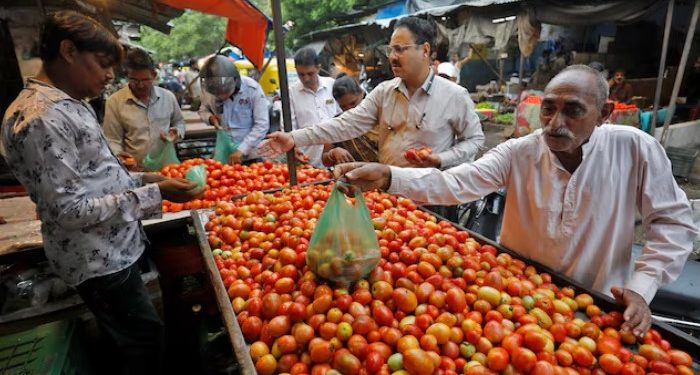Agricultural experts and economists in India predict that vegetable prices, particularly potatoes, are expected to stay elevated in the near future, despite the rapid progression of the monsoon season. Severe heatwaves experienced in various regions of the country during the summer have resulted in crop damage, leading to a mismatch between supply and demand in the market.
Concerns over vegetable inflation persist among policymakers, with the rate reaching 29.3% in June, up from 27.4% in May. This inflationary trend has affected both TOP vegetables (tomatoes, onions, potatoes) and non-TOP vegetables, indicating a widespread impact on the market.
Potato prices are anticipated to remain strong in the coming months, with analysts highlighting a shortage of the tuber expected to be felt as early as October, deviating from the usual trend observed in November and December. Weather-related damages in key potato-producing states like West Bengal and Uttar Pradesh have hampered production, contributing to the price surge. The agriculture ministry’s first advance estimate projects potato output to be around 58.99 million tonnes, lower than the previous year’s 60.14 million tonnes.
In addition to potatoes, prices of other vegetables are also expected to remain high, although year-on-year inflation rates will vary based on the base effect. Aditi Nayar, chief economist at ICRA, notes fluctuations in tomato prices, citing a significant increase in average prices in July 2024 compared to the same period last year. However, she anticipates a year-on-year deflation in tomato prices for July 2024, contrasting with the inflation observed in June 2024.
Weather adversities continue to pose challenges for vegetable production, contributing to higher inflation rates in the sector. Dipti Deshpande, principal economist at Crisil, emphasizes the vulnerability of vegetables to weather-related issues, underscoring the impact on inflation levels.
Despite a favorable base effect from the previous year, food inflation has surged to 9.4%, largely driven by the sustained high prices of vegetables, which have remained in double digits for eight consecutive months. The situation remains dynamic, with experts adopting a cautious approach to monitor market developments closely.
